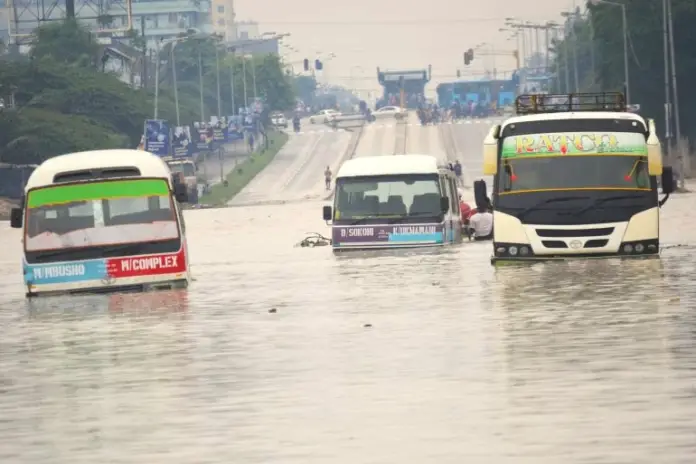The East African region is currently reeling from a catastrophic crisis brought on by weeks of relentless heavy rain. Tanzania has been particularly hard hit, with Prime Minister Kassim Majaliwa reporting a staggering toll of 155 lives lost and 236 individuals injured due to flooding and landslides. This dire situation has been exacerbated by the El Nino climate pattern, which has intensified the ongoing rainy season, leading to widespread destruction of critical infrastructure such as roads, bridges, and railways. The impact on communities has been immense, with over 200,000 people and 51,000 households affected by the disaster.
Majaliwa pointed to environmental degradation as a major contributing factor to the severity of the crisis. Practices like deforestation and unsustainable farming have worsened the consequences of heavy rains, highlighting the urgent need for implementing sustainable land management practices and addressing environmental challenges proactively.
Across the border in Kenya, heavy rainfall has also caused significant flooding, resulting in the loss of 35 lives and ongoing rescue operations to assist affected individuals. Parts of the capital city Nairobi remain submerged, underscoring the widespread nature of the crisis and its impact on urban areas as well.
In response to the escalating situation, governments in the region are mobilizing efforts to provide assistance to affected populations. Kenyan President William Ruto chaired a flood response meeting, directing resources such as the National Youth Service to provide land for displaced individuals. Deputy President Rigathi Gachagua announced plans for distributing food aid and relocating vulnerable communities to safer areas.
The regional impact of the heavy rains extends beyond Tanzania and Kenya, with neighboring countries like Burundi, Somalia, and Uganda also grappling with the consequences. In Burundi, approximately 96,000 people have been displaced by the floods, while flash floods in Somalia and riverbank bursts in Uganda have resulted in fatalities and significant displacement.
This unfolding tragedy underscores the urgent need for coordinated regional and international efforts to address the immediate humanitarian needs and implement sustainable solutions to mitigate the impact of natural disasters in the future. Collaboration between governments, humanitarian agencies, and local communities is crucial to providing timely relief and building resilience against recurring environmental challenges.







